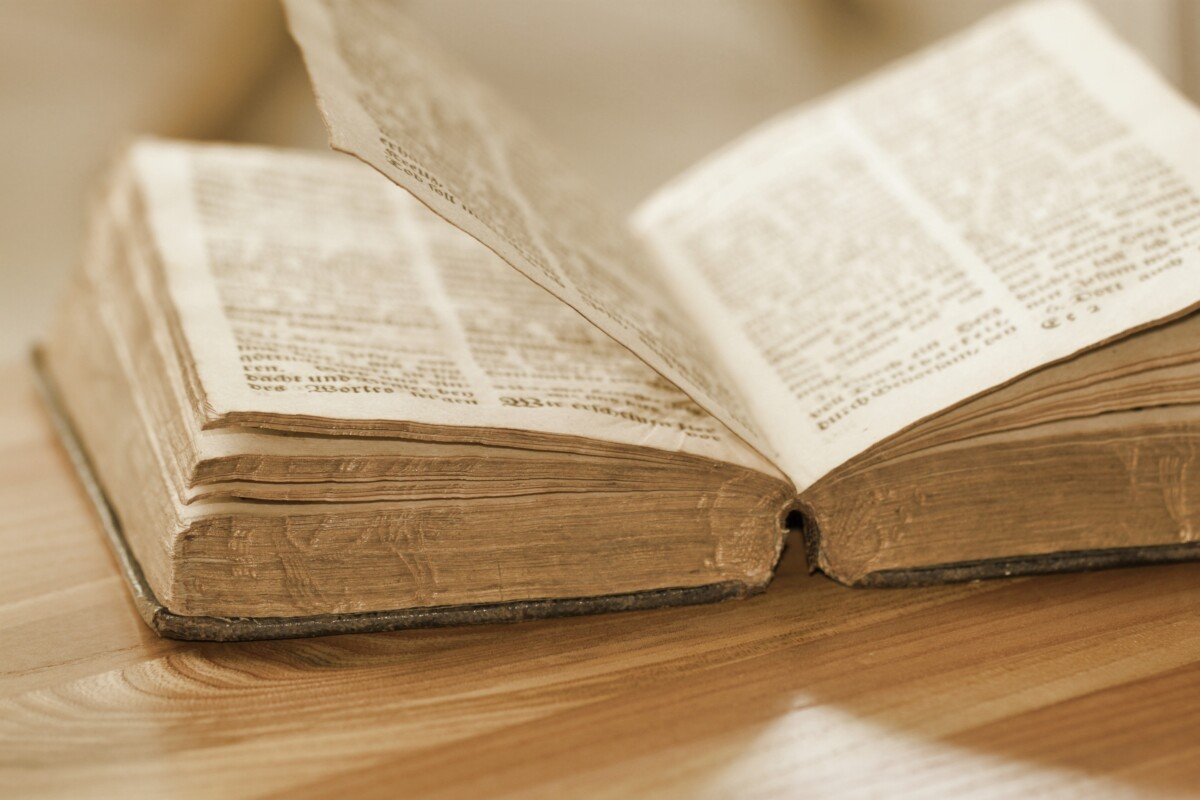Classic Literature and Education
What is the last book you read in class? Was it a classic, and did you enjoy it? Because when we look at the numbers, the amount of students who enjoy reading classics is low, with many questioning the value of these books within education. So, why would we teach classics if students don’t enjoy reading or learning about them?
To examine the value of classics in education, you first have to define what they are and are not. For this purpose, examining classical literature instead of classical in the strictly Roman and Greek sense, the classic is a singular act of literature that has been considered timeless– it represents the time period from which it originates and stands out in its execution of the language.
It is also important to note the separation and similarities between the canon and the classics. The canon is, in essence, a list of books required for a literary education (often seen as influential in shaping culture), and many iterations of this exist. Harold Bloom’s “The Western Canon” is one version frequently referred to as the only canon rather than one of many. One issue with defining it as such is its exclusion of a significant portion of the world and specific groups. Books included in the canon are considered the best at what they do, which is why they often intersect with books that are considered classics. For example, “Little Women” is widely considered a classic and “good literature”, but it is not a part of the canon, nor is it widely discussed in scholarly conversations on the canon. This is one example of the many books that are considered classics but not in the elusive “Canon,” so defining it in relation to education is difficult.
In order for classics to be a beneficial learning experience, many also say that we need to read classics in conjunction with modern books to gain insight into cultural and historical notions within classics. Mr. Mathis, the head of community engagement, has been teaching at Galloway for 38 years, teaching a myriad of different classes in the social studies department. When asked about his concept of classics in relation to education, he said, “Are there books written today that in a generation would be considered classics? I’m sure there are. And those books would be written by people whose voices would have not been included [in the canon].”
To learn more about the students’ perspectives on classics, a poll was given to UL students about their reading habits and their opinions on classics in education. When asked whether or not we should read classics, there were varying reactions. Some people said that we shouldn’t read classics because they’re antiquated or just too boring to get through; many said yes, with no reason other than “they must be important because everyone reads them.” One student, when asked, said, “School reading is already hard enough. I think it would make it harder especially if the wording is different.” This sentiment was echoed throughout the responses, which brings up the issue of accessibility within classic literature. If there isn’t a teacher guiding students through complicated phrasings or wordings, reading quickly becomes a chore instead of a hobby. Modern books, even with influences from past literature, are generally easier to read because of the updated language.
With students as their audience, teachers also have to be mindful to guide their students through historical terminology and difficult topics that require a certain amount of nuance. There is also a question of comprehension of the topics presented– will they meaningfully understand the concepts brought to them, or will they criticize books without sufficient comprehension? This creates a difficult situation for teachers, in that challenging students is crucial for learning, but without understanding of the concepts presented, students will not learn anything.
While classics have been deemed important, that does not quantify their importance in education. Mr. Mathis taught Candide by Voltaire in Advanced European History and decided to take the book out of the curriculum. A student questioned the importance of reading about the satirization of the mistreatment of women, and he determined that the literary value didn’t outweigh his students’ opinions. While his students miss out on a book referred to as a significantly influential text from the 18th century, Mr. Mathis said, “My students miss out on that, but I have valued a student’s observation and no longer teach it.”
Many teachers opt to not teach the classics, either because of the lack of engagement or because more contemporary books are more relevant to their curriculum. Mr. Bennett, the eighth-grade English teacher, when asked why he doesn’t teach classics, said, “There is a lot more student engagement in more contemporary books” and that because of the age group being taught, “They’re still forming ideas about reading, and that’s why we’re so cognizant of it.”
Ms. Reed, the 9th-grade English teacher, teaches Romeo and Juliet and The Odyssey because she has seen from past years that these works are the best way for her students to interact with new forms of literature and begin to analyze language differently.
The teachers that do decide to teach classics choose to do so not because they are canonical or old, but because they display quality writing and historical perspectives they believe are not shown in contemporary books. The value of classics in education is that students can interact with difficult texts and build comprehensive analyses based on these works. While many may not enjoy reading them, the classics serve as a cornerstone in English classes, building off of years of literary study. The number of classics in the Galloway curriculum has decreased in recent years, with many teachers shifting to more modern books, but the inherent value of a book will always be accounted for when teachers decide which books to teach, classic or not.
By Caroline Lackey

